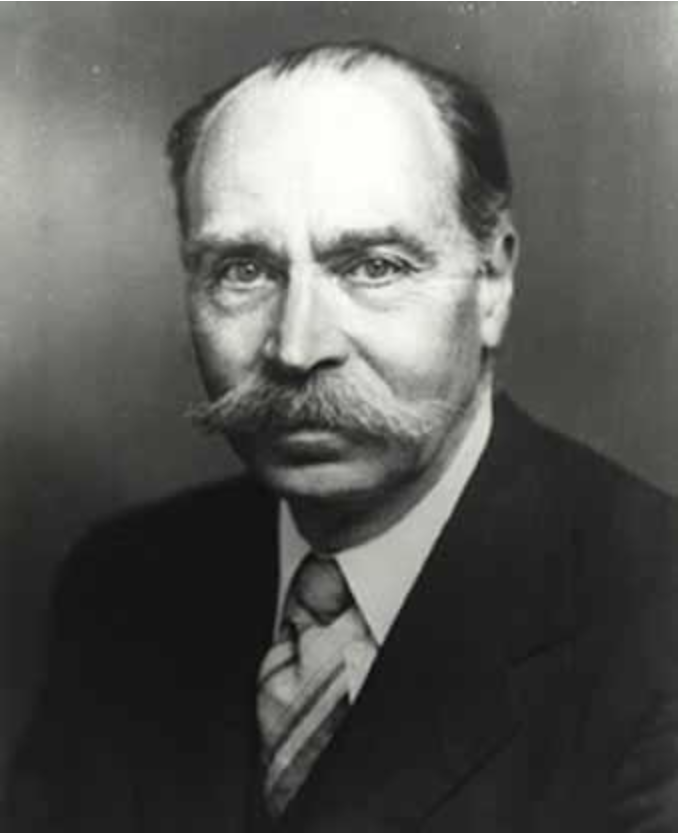THE LEGACY ART OF BORISLAV BOGDANOVICH
WALTER PACH
(1883-1958) was an artist, critic, lecturer, art adviser, and renowned art historian who wrote extensively about modern art and championed the cause of modernism in this country. Through his numerous books, articles, and translations of European art texts, Pach brought the emerging
modernist viewpoint to the American public.
Photo: Walter Pach, Peter A. Juley & Son Collection, Smithsonian American Art Museum J0002035
Borislav Bogdanovich Exhibition
Lilienfeld Galleries Brochure - April 1942
The first Yugoslav artist to come to this country after the outbreak of the present war, Borislav Bogdanovich offers the result of his painting since his arrival here – and with it an opportunity for us to express our feeling about the nation he represents, by going in numbers to his exhibition. And yet, much as we are stirred by the courage of the Yugoslavs in their heroic resistance to the invader, art matters impose a different order of ideas.
The work of this painter is to be judged as art, and not as an expression of nationalism. It is conditioned by its place in the modern evolution far more than by the place of birth of its creator. Even the most casual observer must recognize that a rare and intense color sense is evidenced by these pictures; and if one thinks back to the great colorists in whom the nineteenth century was so rich, it will be quite clear, again, that the present art could not have been produced by any of the masters before 1900. So simple a test marks the painting of Bogdanovich as of its time. But there is a more specific quality to these pictures – one that makes them not merely things of this century, but of the immediate period.
Superficially, all war-time painting might be expected to depict scenes of horror; and Picasso, indeed, did prove by his Guernica that a masterpiece may result from direct response to violence and outrage. But there is a different way in which a great struggle can affect the painter. It may be so absorbed in the depths of his nature that what rises to visibility in his art is free of all the scorching sorrow that the artist, like every other man, feels, but which he keeps to himself. To the public he offers only what is luminous and unsullied – like flowers which add a special note of radiance, as if trying to dispell the surrounding gloom. I do not compare the present painter to certain great men of the past, but I do signalize anew a seeming anomaly: that cloudlessly serene expressions are sometimes arrived at amid the bitterest of outward circumstances.
There are always people to say that a given moment is not the right one for art. We may well be grateful to Bogdanovich for saying so clearly through his pictures that the present moment is one when art is as necessary as ever it was or ever will be.
WALTER PACH
Lilienfeld Galleries Brochure - April 1942
To learn more about Walter Pach:
http://en.wikipedia.org/wiki/Walter_Pach
http://www.aaa.si.edu/collections/walter-pach-papers-9852/more
